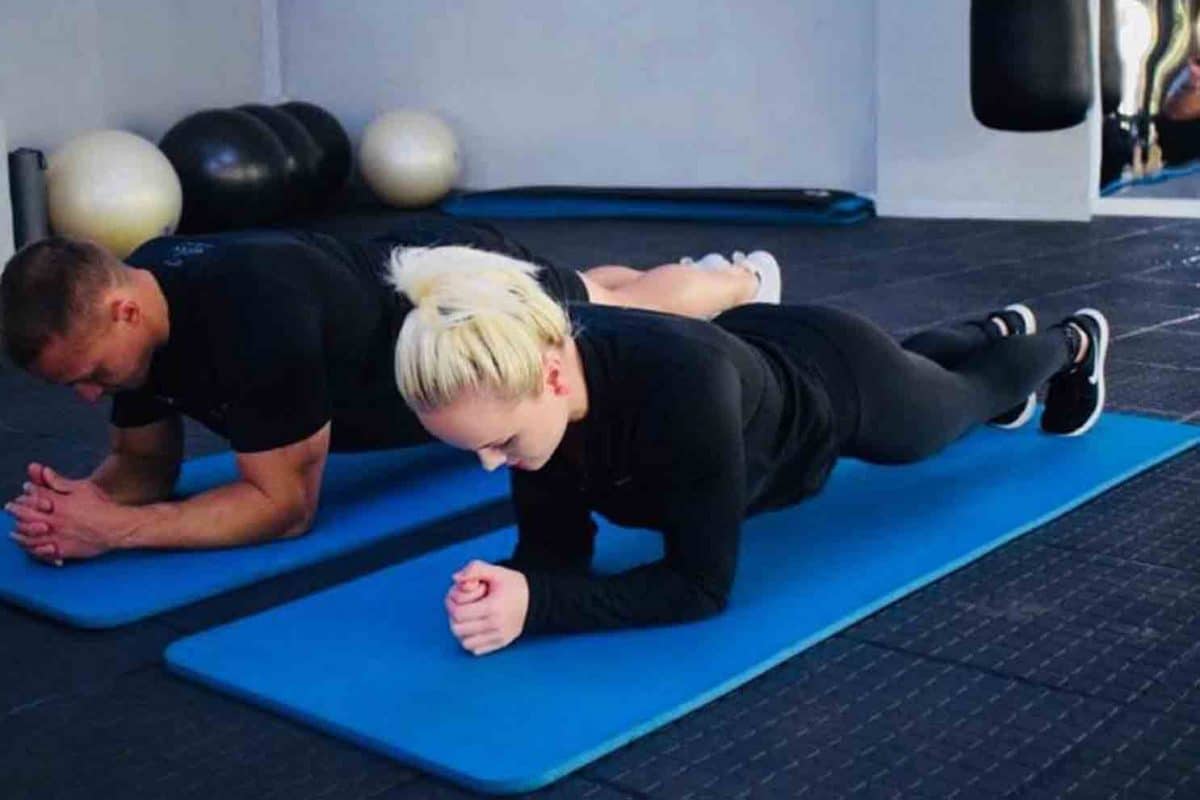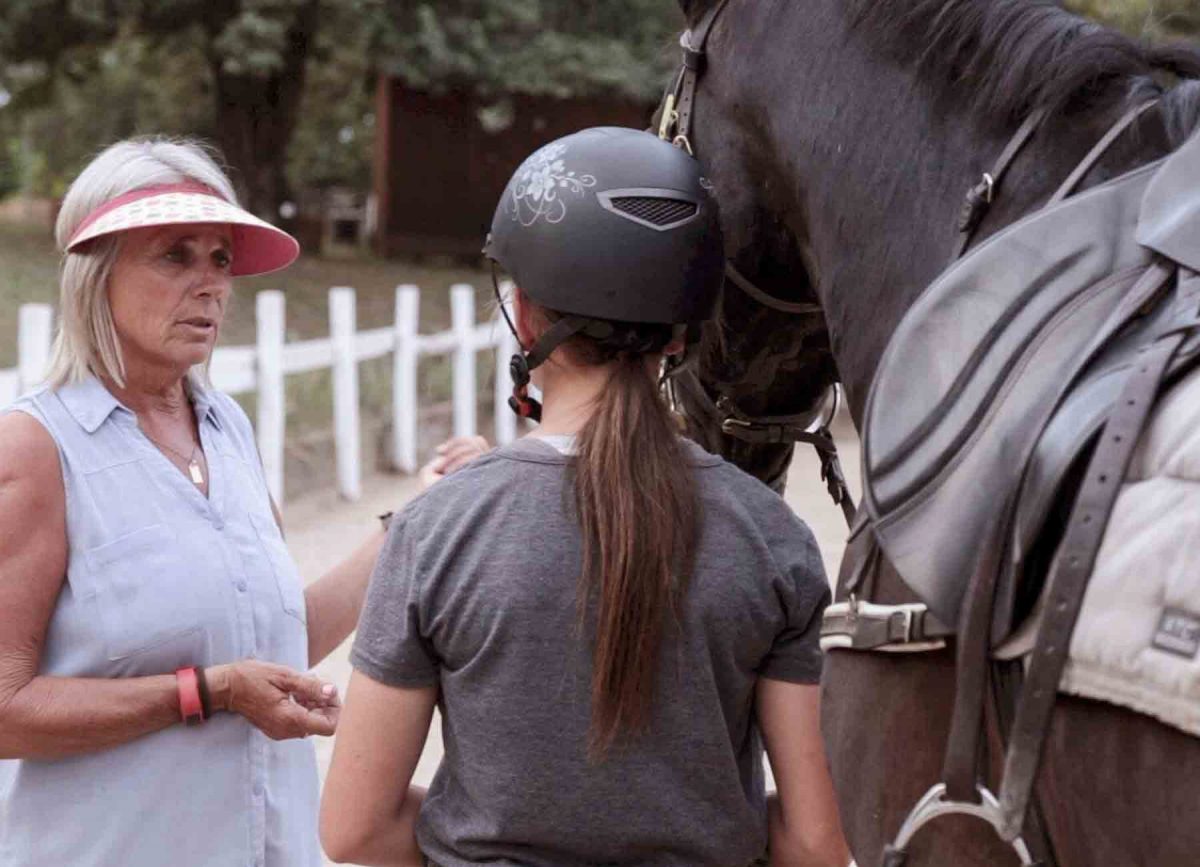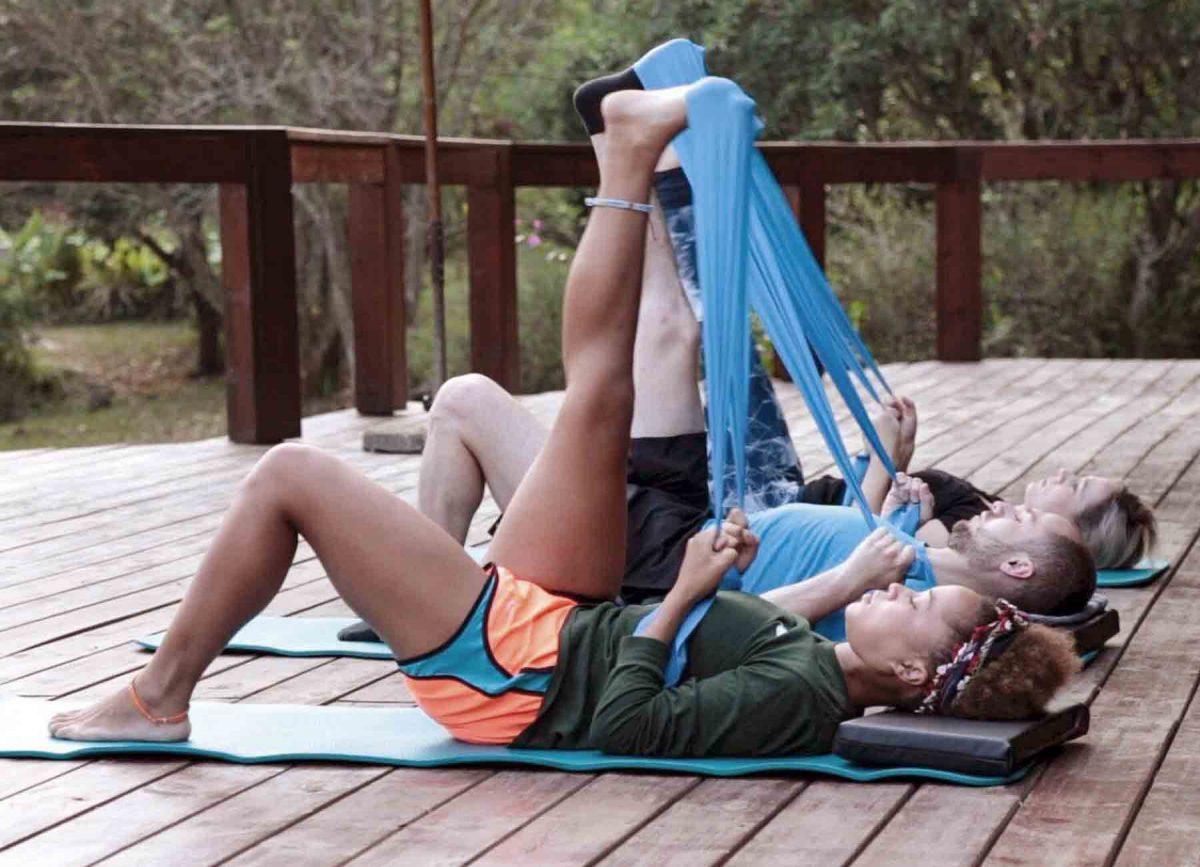When we think of movement, we usually associate it with “exercise.” But movement for mental health is so much more than simply working out. Movement, in every form, holds the potential for healing your body and mind.
The Mayo Clinic found that regular exercise has an immediate impact on your mental health as movement reduces the symptoms of depression and anxiety. While moving your body is obviously incredibly beneficial for your physical health, many people are not aware of how regular movement also impacts mental health.
While movement can be a powerful and effective tool in mental health recovery—it’s not a cure-all. You will also need to seek professional guidance for additional treatment.
This blog will examine the concept of healing through motion.
The Science Behind Movement and Mental Health
A 2022 study by JAMA Psychiatry and the American Medical Association found, “Adults meeting physical activity recommendations (equivalent to 2.5 h/wk of brisk walking) had lower risk of depression, compared with adults reporting no physical activity.”
While regular movement shapes your body, it also has the power to transform your mind. How? When you engage in physical activity, your body releases endorphins, often called “feel-good” or “happy” hormones. These endorphins act as natural painkillers and mood elevators, creating a sense of euphoria and happiness you might know as the “runner’s high.”
Not a runner? Don’t worry! These “happy” hormones aren’t exclusive to running—any exercise, from swimming to yoga or walking in nature, can boost endorphin levels and improve your mood.
Following closely behind your endorphins is serotonin, a natural mood stabiliser, and dopamine, the pleasure hormone—these three work together to create a powerful trifecta to combat stress and depression.
If the chemistry is all a bit much, think of it this way: any form of movement creates a mind-body connection, a special language between your physical and emotional core. It teaches you to pay attention to your body’s signals when you’re tense, anxious, scared or feeling depressed. By listening to your body, you’re creating a connection for mental resilience, which leads to better control of your overall health.
Movement Beyond Exercise
Movement goes far beyond a personal trainer session at the gym or lifting weights. It’s the conscious breath you take when you’re stressed, gently swaying your body while listening to music, or the focused awareness of your muscles as you stretch. These subtle, often overlooked types of movement can be as powerful as your morning run.
Breathwork
Breathwork, for example, may seem simple, yet it’s a serious practice. By consciously controlling your breath, you can calm your nervous system and reduce anxiety. This movement requires no special equipment or setting, just a willingness to tune into the rhythm of your own peaceful breath.
Dance and creative movement

Dance and creative movement offer another outlet for healing. There’s something primal and liberating about freely moving to the rhythm of music. This is what it means to dance like nobody’s watching! Because dance isn’t about perfection; it’s an authentic, personal expression and a letting go of the tension that holds you back.
Tai Chi or Qigong
And then there are subtle body awareness practices like Tai Chi or Qigong. These ancient Chinese forms of movement are slow, deliberate, and deeply meditative. They teach you to focus on the flow of energy within your body, helping to release blockages, increase mental clarity and regulate emotional balance.
The Healing Power of Motion in Mental Health Recovery
Research by the British Journal of Sports Medicine found that incorporating regular movement into daily life is a powerful tool for reducing depression symptoms. According to the study’s lead author, Dr Ben Singh, “Physical activity is 1.5 times more effective at reducing mild-to-moderate symptoms of depression, psychological stress, and anxiety than medication or cognitive behaviour therapy.”
Structured movement programs might include activities like yoga, Pilates, or strength training, while creative and expressive forms of movement can encompass dance, martial arts, or even outdoor activities like hiking, biking or kayaking. The idea is to simply MOVE.
For many who struggle with depression, anxiety, PTSD, and other mental health challenges, any type of movement has proven incredibly beneficial to their wellness and mental health.
Practical Ways to Incorporate Movement into Daily Life

Does the idea of adding movement to your life feel overwhelming? Remember, you can start small by incorporating tiny moments of mindful movement into your day. Perhaps it looks like taking a short walk during your lunch break or starting your day with a few minutes of stretching. Try practising taking a deep breath before diving into a stressful work task during the workday. While these might seem like simple actions, they add up to multiple positive effects on your daily mental state.
Mindful movement routines are game-changers. You don’t need to break a sweat to tune in to how your body feels. It could be as simple as a few yoga poses, pranayama breathing exercises, or a mindful walk where you actively pay attention to the sights, sounds, and sensations around you.
Encouraging Exploration: The beauty of movement is that it’s deeply personal. There’s no one-size-fits-all approach; it’s all yours. By exploring different forms of movement, you’ll find what clicks with you. Whether dancing “like nobody’s watching” in your living room, practising yoga in the park, or simply going on a walk while listening to your favourite song, the key is finding joy in the movement that speaks directly to you.
Start Healing Through Motion at White River Manor






For most of us, life is stressful and relentless, often pushing us to the edge. But what if the answer to alleviating some of that stress isn’t “more stillness” but “intentional movement”?
White River Manor is a South African luxury mental health treatment centre incorporating intentional movement and activities into our holistic treatment plans. We believe in addressing both the physical and mental aspects of health to ensure deep, lasting, and transformative recovery.
Whether through breathwork, dance, or subtle body awareness practices, listening to your body’s clues to move can improve your mental health. Movement helps you reconnect with yourself, reduce stress, and improve emotional resilience.
At White River Manor, we believe in taking that first step—literally—and showing you the healing power of motion. If you’re ready to discover the power of movement for mental health, contact us today. Your mind, body, and spirit will thank you.





